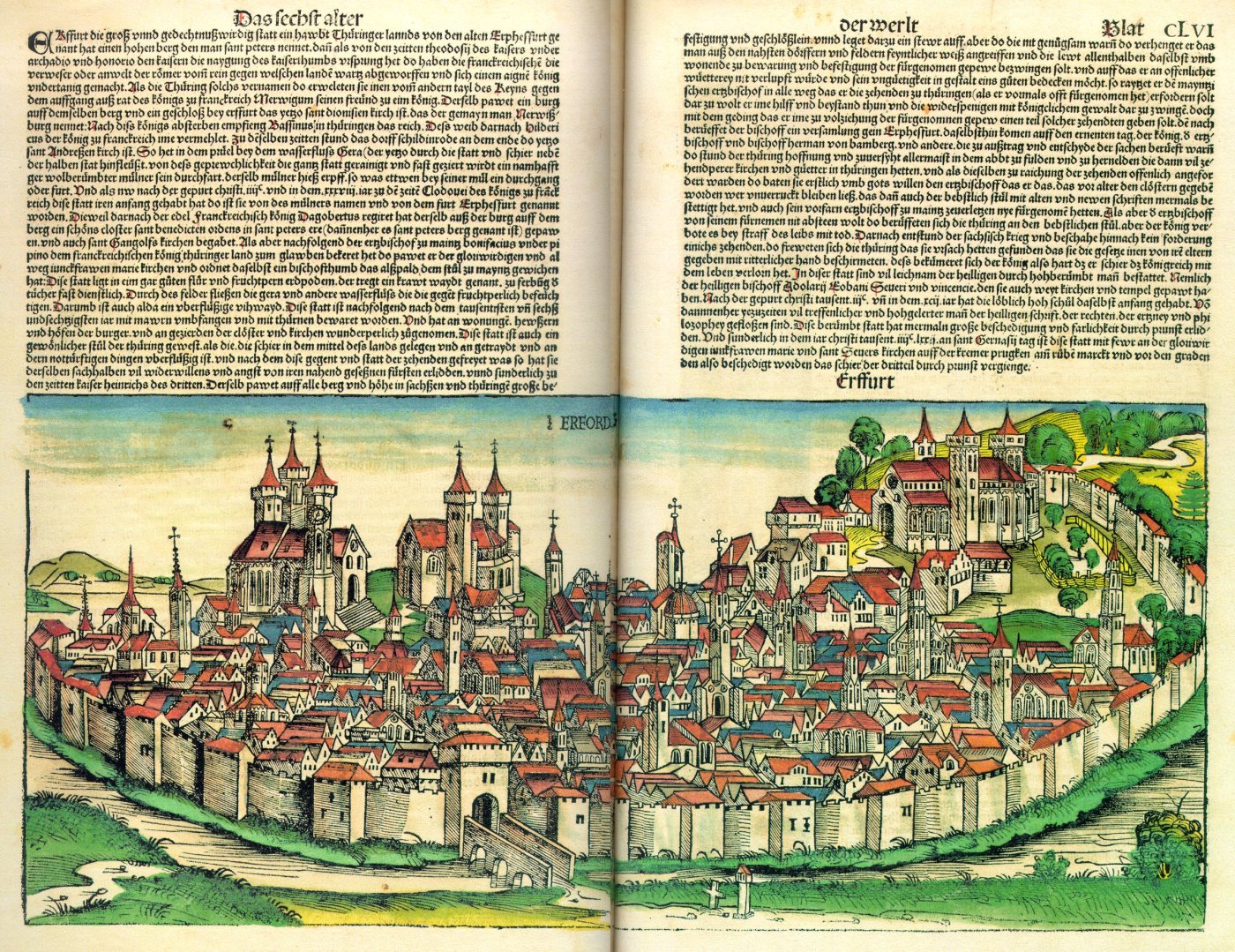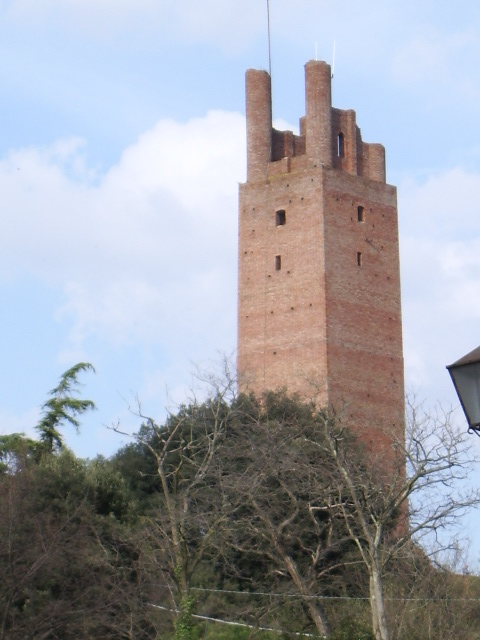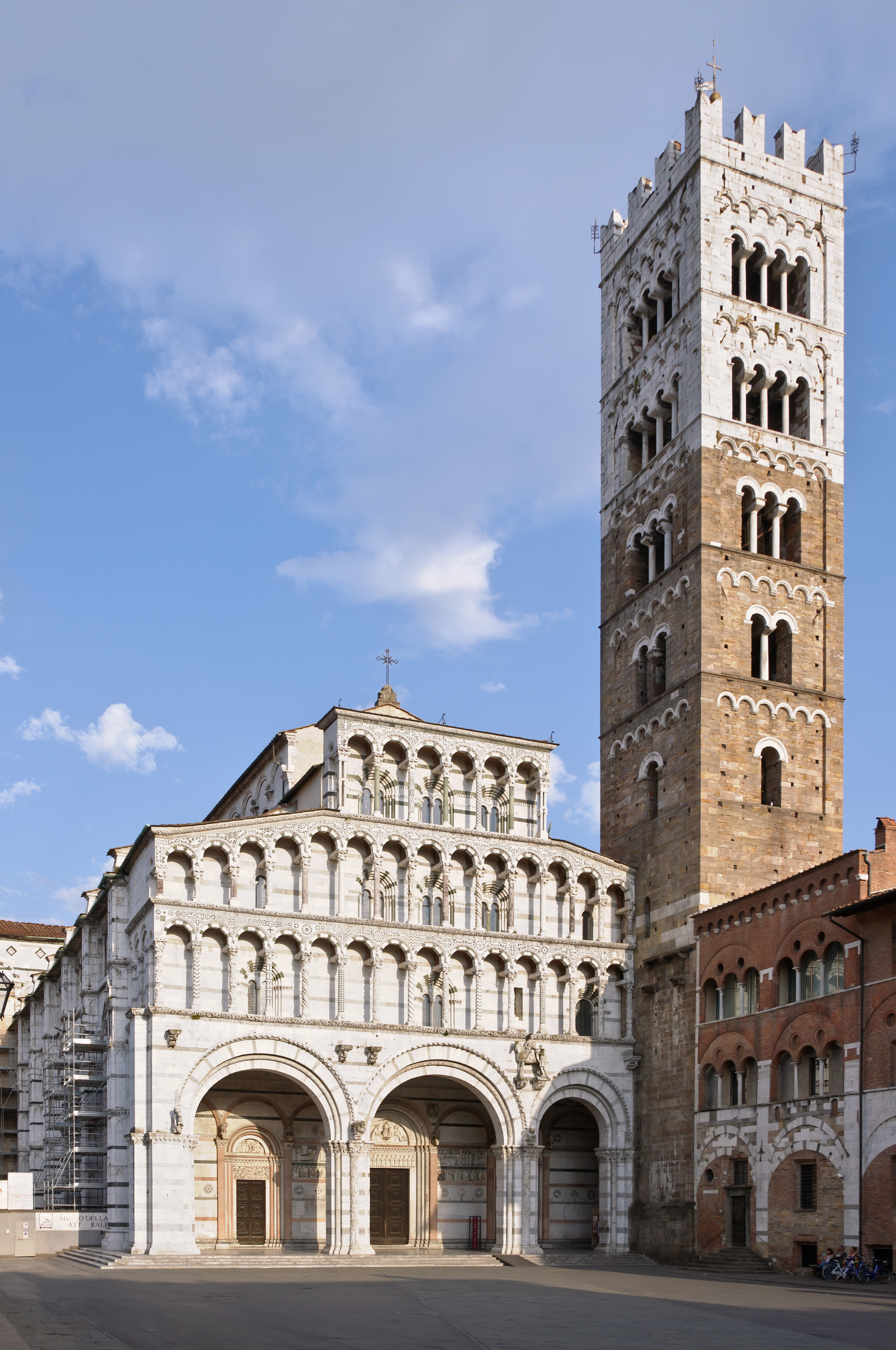|
Rheinischer Städtebund
Several leagues of cities (in German: ''Städtebünde'', singular ''Städtebund'') became influential in the history of the Holy Roman Empire. Military alliance and mutual assistance strengthened the position of imperial cities, especially during the interregnum period of the 13th to 14th century. *1167. The Lombard League was formed in 1167, supported by the Pope, to counter the attempts by the Hohenstaufen Holy Roman Emperors to assert influence over the Kingdom of Italy. At its apex, it included most of the cities of Northern Italy, but its membership changed with time. With the death of the third and last Hohenstaufen emperor, Frederick II, in 1250, it became obsolete and was disbanded. *1190. The Hanseatic League was a commercial and defensive confederation of merchant guilds and market towns in Northwestern and Central Europe. Growing from a few North German towns in the late 1100s, the league came to dominate Baltic maritime trade for three centuries along the coasts ... [...More Info...] [...Related Items...] OR: [Wikipedia] [Google] [Baidu] |
Holy Roman Empire
The Holy Roman Empire, also known as the Holy Roman Empire of the German Nation after 1512, was a polity in Central and Western Europe, usually headed by the Holy Roman Emperor. It developed in the Early Middle Ages, and lasted for a millennium until its Dissolution of the Holy Roman Empire, dissolution in 1806 during the Napoleonic Wars. For most of its history the Empire comprised the entirety of the modern countries of Germany, Czechia, Austria, the Netherlands, Belgium, Switzerland, Slovenia, and Luxembourg, most of north-central Italy, and large parts of modern-day east France and west Poland. On 25 December 800, Pope Leo III crowned the Frankish king Charlemagne Roman emperor, reviving the title more than three centuries after the fall of the Western Roman Empire in 476. The title lapsed in 924, but was revived in 962 when Otto I, OttoI was crowned emperor by Pope John XII, as Charlemagne's and the Carolingian Empire's successor. From 962 until the 12th century, the empire ... [...More Info...] [...Related Items...] OR: [Wikipedia] [Google] [Baidu] |
North Sea
The North Sea lies between Great Britain, Denmark, Norway, Germany, the Netherlands, Belgium, and France. A sea on the European continental shelf, it connects to the Atlantic Ocean through the English Channel in the south and the Norwegian Sea in the north. It is more than long and wide, covering . It hosts key north European shipping lanes and is a major fishery. The coast is a popular destination for recreation and tourism in bordering countries, and a rich source of energy resources, including wind energy, wind and wave power. The North Sea has featured prominently in geopolitical and military affairs, particularly in Northern Europe, from the Middle Ages to the modern era. It was also important globally through the power northern Europeans projected worldwide during much of the Middle Ages and into the modern era. The North Sea was the centre of the Viking Age, Vikings' rise. The Hanseatic League, the Dutch Golden Age, Dutch Republic, and Kingdom of Great Britain, Brita ... [...More Info...] [...Related Items...] OR: [Wikipedia] [Google] [Baidu] |
Lusatian League
The Lusatian League () was a historical alliance of six towns in the region of Upper Lusatia from 1346 until 1815, when the region was controlled first by Bohemia (1346–1635) and later by the Electorate of Saxony (1635–1815). The member towns were Bautzen (), Görlitz ('), Kamenz ('), Lauban ('), Löbau (') and Zittau ('). Five of the towns are located in present-day Germany; Lubań and Zgorzelec (split from Görlitz after World War II) are within Poland. The Lusatian League is known by the names (German), (Upper Sorbian), (Czech) and ( Polish). Founding In order to protect peace and order in Upper Lusatia, the six towns of Bautzen, Görlitz, Kamenz, Lauban, Löbau, and Zittau joined into a contract of protection on 21st August 1346. In its beginnings, the pact was chiefly intended to protect against knights-errant and other wandering warriors. Over the next centuries, the city union would influence the history of Upper Lusatia significantly, lasting longer than any ot ... [...More Info...] [...Related Items...] OR: [Wikipedia] [Google] [Baidu] |
Erfurt
Erfurt () is the capital (political), capital and largest city of the Central Germany (cultural area), Central German state of Thuringia, with a population of around 216,000. It lies in the wide valley of the Gera (river), River Gera, in the southern part of the Thuringian Basin, north of the Thuringian Forest, and in the middle of a line of the six largest Thuringian cities ('':de:Thüringer Städtekette, Thüringer Städtekette''), stretching from Eisenach in the west, via Gotha, Erfurt, Weimar and Jena, to Gera in the east. Together with Kassel and Göttingen, it is one of the cities with more than 100,000 inhabitants lying closest to the geographic centre of Germany. Erfurt is south-west of Leipzig, north-east of Frankfurt, south-west of Berlin and north of Munich. Erfurt's old town is one of the best preserved medieval city centres in Germany. The Gera (river), Gera is spanned by the Krämerbrücke, Merchants' Bridge (''Krämerbrücke''), one of the rare bridges with ho ... [...More Info...] [...Related Items...] OR: [Wikipedia] [Google] [Baidu] |
Arezzo
Arezzo ( , ; ) is a city and ''comune'' in Italy and the capital of the Province of Arezzo, province of the same name located in Tuscany. Arezzo is about southeast of Florence at an elevation of Above mean sea level, above sea level. As of 2022, the population was about 97,000. Known as the city of gold and of the high fashion, Arezzo was home to artists and poets such as Giorgio Vasari, Guido of Arezzo and Guittone d'Arezzo and in its Province of Arezzo, province to Renaissance artist Michelangelo. In the artistic field, the city is famous for the frescoes by Piero della Francesca inside the Basilica of San Francesco, Arezzo, Basilica of San Francesco, and the crucifix by Cimabue inside the Basilica of San Domenico, Arezzo, Basilica of San Domenico. The city is also known for the important Giostra del Saracino, a game of chivalry that dates back to the Middle Ages. History Described by Livy as one of the ''Capita Etruriae'' (Etruscan capitals), Arezzo (''Aritim'' in Etrusc ... [...More Info...] [...Related Items...] OR: [Wikipedia] [Google] [Baidu] |
Bishopric Of Volterra
The Diocese of Volterra () is a Latin diocese of the Catholic Church in Tuscany, central Italy. It is a suffragan of the Archdiocese of Pisa."Diocese of Volterra" ''''. David M. Cheney. Retrieved February 29, 2016"Diocese of Volterra" ''GCatholic.org''. Gabriel Chow. Retrieved February 29, 2016 History Volterra was an ancient |
San Miniato
San Miniato is a town and ''comune'' in the province of Pisa, in the region of Tuscany, Italy. San Miniato sits at a historically strategic location atop three small hills where it dominates the lower Arno valley, between the valleys of the Egola and Elsa rivers. It used to carry the additional sobriquet al Tedesco ("to the German") to distinguish it from the convent of San Miniato al Monte in Florence, which is about to the northeast. History In medieval times, San Miniato was on the via Francigena, which was the main connecting route between northern Europe and Rome. It also sits at the intersection of the Florence-Pisa and the Lucca-Siena roads. Over the centuries, San Miniato was therefore exposed to a constant flow of friendly and hostile armies, traders in all manner of goods and services, and other travellers from near and far. Archaeological evidence indicates that the site of the town and the surrounding area has been settled since at least the Paleolithic era. It ... [...More Info...] [...Related Items...] OR: [Wikipedia] [Google] [Baidu] |
Prato
Prato ( ; ) is a city and municipality (''comune'') in Tuscany, Italy, and is the capital of the province of Prato. The city lies in the northeast of Tuscany, at an elevation of , at the foot of Monte Retaia (the last peak in the Calvana chain). With 198,326 inhabitants as of 2025, Prato is Tuscany's second largest city after Florence, and the third largest in Central Italy. Historically, Prato's economy has been based on the textile industry and its district is the largest in Europe. The textile district of Prato is made up of about 7000 fashion companies, amounting to around 2 billion euros of city's export. The renowned Datini archives are a significant collection of late medieval documents concerning economic and trade history, produced between 1363 and 1410. The city boasts important historical and artistic attractions, with a cultural span that started with the Etruscans and then expanded in the Middle Ages and reached its peak with the Renaissance, when artists such ... [...More Info...] [...Related Items...] OR: [Wikipedia] [Google] [Baidu] |
Siena
Siena ( , ; traditionally spelled Sienna in English; ) is a city in Tuscany, in central Italy, and the capital of the province of Siena. It is the twelfth most populated city in the region by number of inhabitants, with a population of 52,991 as of 2025. The city is historically linked to commercial and banking activities, having been a major banking centre until the 13th and 14th centuries. Siena is also home to the List of oldest banks in continuous operation, oldest bank in the world, the Banca Monte dei Paschi di Siena, Monte dei Paschi, which has been operating continuously since . Several significant Mediaeval and Renaissance painters were born and worked in Siena, among them Duccio di Buoninsegna, Ambrogio Lorenzetti, Simone Martini and Stefano di Giovanni, Sassetta, and influenced the course of Italian and European art. The University of Siena, originally called ''Studium Senese'', was founded in 1240, making it one of the List of oldest universities in continuous oper ... [...More Info...] [...Related Items...] OR: [Wikipedia] [Google] [Baidu] |
Florence
Florence ( ; ) is the capital city of the Italy, Italian region of Tuscany. It is also the most populated city in Tuscany, with 362,353 inhabitants, and 989,460 in Metropolitan City of Florence, its metropolitan province as of 2025. Florence was a centre of Middle Ages, medieval European trade and finance and one of the wealthiest cities of that era. It is considered by many academics to have been the birthplace of the Renaissance, becoming a major artistic, cultural, commercial, political, economic and financial center. During this time, Florence rose to a position of enormous influence in Italy, Europe, and beyond. Its turbulent political history includes periods of rule by the powerful House of Medici, Medici family and numerous religious and republican revolutions. From 1865 to 1871 the city served as the capital of the Kingdom of Italy. The Florentine dialect forms the base of Italian language, standard Italian and it became the language of culture throughout Italy due to ... [...More Info...] [...Related Items...] OR: [Wikipedia] [Google] [Baidu] |
Lucca
Città di Lucca ( ; ) is a city and ''comune'' in Tuscany, Central Italy, on the Serchio River, in a fertile plain near the Ligurian Sea. The city has a population of about 89,000, while its Province of Lucca, province has a population of 383,957. Lucca is known as an Italian "Città d'arte" (City of Art) from its intact Renaissance-era Walls of Lucca, city walls and its very well preserved historic center, where, among other buildings and monuments, are located the Piazza dell'Anfiteatro, which has its origins in the second half of the 1st century A.D., the Guinigi Tower, a tower that dates from the 14th century and the Cathedral of San Martino. The city is the birthplace of numerous world-class composers, including Giacomo Puccini, Alfredo Catalani, and Luigi Boccherini. Toponymy To the Ancient Rome, Ancient Romans, Lucca was known as ''Luca''. From more recent and concrete toponymic studies, the name Lucca has references that lead to "sacred grove" (Latin: ''lucus''), " ... [...More Info...] [...Related Items...] OR: [Wikipedia] [Google] [Baidu] |





